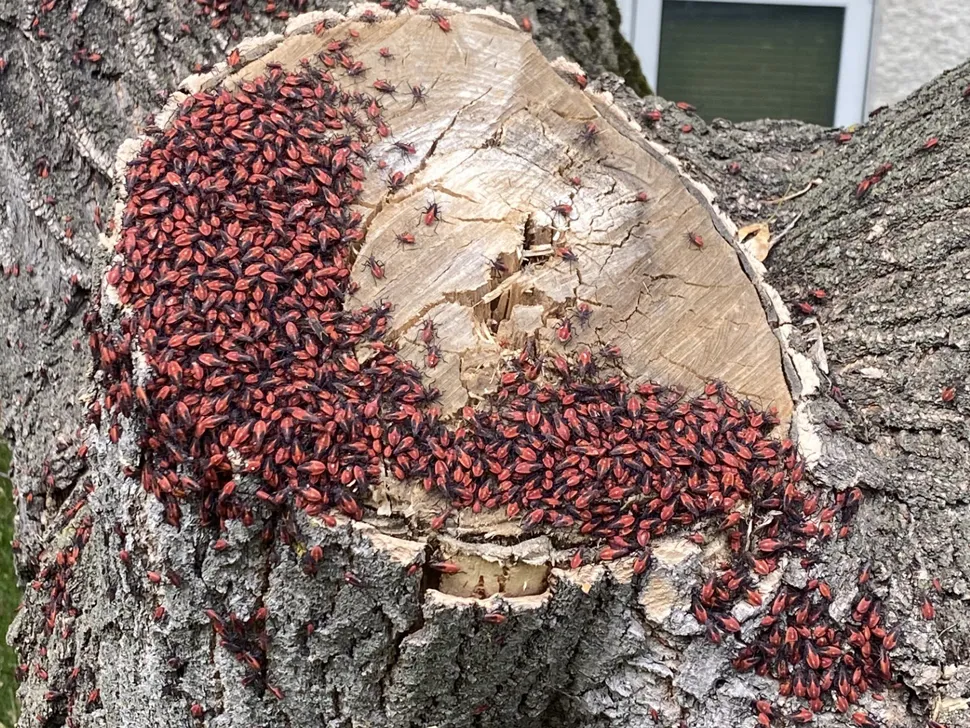Some residents of Southern Manitoba have been noticing different trends this summer when it comes to insects. And the question has been asked whether our smoky conditions have played a role.
John Gavloski is an Entomologist with Manitoba Agriculture. He says studies have been done with biting flies and smoke. However, he cautions that the tricky part is that the impact of the smoke is very dependent on the intensity and the duration.
"So, trying to make implications to what is happening in Southern Manitoba with the Northern Manitoba wildfires is very tricky," he says.
Gavloski says that with enough density, smoke can mess with the ability of insects to find their homes. He notes this is why farmers will use smoke to protect their livestock from mosquitoes and biting flies.
But not all insects react negatively to smoke. In fact, Gavloski says some are attracted and actually thrive in those conditions, such as fire-loving beetles. One of those is the metallic wood-boring beetle. Gavloski says these bugs lay their eggs in dead or dying wood, which means they are attracted to fires. The same is true for longhorn beetles, which are attracted to the smell of smoke, as picked up by the sensors in their antenna.
"Some of them even have the infrared sensors on their thorax and abdomen," he says. "And they will help them pinpoint or key in the hotspots of the fires."
Gavloski explains that these beetles want to get to where the forest fires are happening so they can lay their eggs in what is now dead or dying wood. As a result, populations of these beetles will often increase in areas following a wildfire.
"They are basically doing their job as decomposers," he says. "The fire is gone and killed a lot of trees. Now it's habitat for them; their turn to do their job and help with the decomposition process. So, we see their populations go up."
When it comes to mosquitoes, populations have been trending lower this year. However, Gavloski cautions against giving too much credit to the wildfire smoke. That is because mosquitoes thrive where there is stagnant standing water.
"It's in general, been a quite dry year in much of the province, basically southern part of the province has been very dry," says Gavloski. "That lack of stagnant water is the big reason that the mosquito levels are down and why people aren't getting as many bites."
He says it is the lack of standing water, not the smoke that is probably the biggest reason for reduced mosquito numbers this year.
Gavloski says there was an interesting study out of Australia that found reduced egg hatch in some species of stick insects in very smoky conditions. He notes other studies have looked at black army cutworms. The findings show that under heavy smoke conditions, these worms have a reduced period of mating and egg laying. And studies with Drosophila or your common fruit fly, show a shortened life span in heavy concentrations of smoke.
When it comes to insects in crops, Gavloski says every year is different. He notes there are many factors that influence what we see, including wind patterns and what gets blown in, natural cycles and enemy levels.
He notes grasshopper levels are not as bad as had been expected but says that could be related to heavier rains that some parts received in early June. Having said that, Gavloski notes that a study has been done looking at grasshopper flight distance under smoky conditions. He says under a dark sky, the grasshopper flight distance and migration was reduced when the smoke was very intense.
